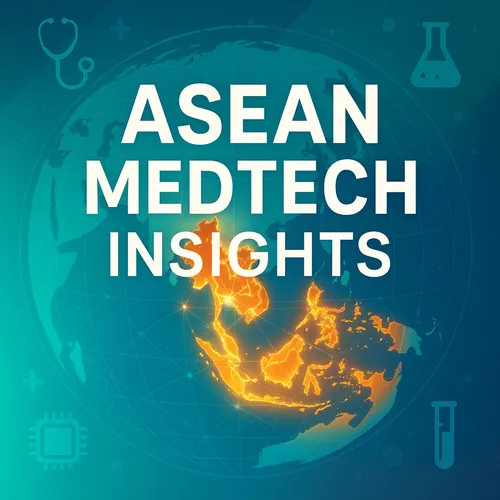Navigating ASEAN's CSDT for Low-Risk Medical Devices: A Pure Global Deep Dive into Regulations in Singapore, Malaysia & Thailand
- Author
- Ran Chen
- Published
- Mon 01 Sep 2025
- Episode Link
- https://pureglobal.com/
This episode of ASEAN MedTech Insights dives into a critical question for manufacturers of low-risk devices: Is the full ASEAN Common Submission Dossier Template (CSDT) actually required to enter the market? We uncover the reality behind the harmonized directive and reveal how key countries like Singapore, Malaysia, and Thailand have implemented their own unique, and often simplified, pathways.
Imagine your company is ready to launch a new, innovative Class A device across Southeast Asia. You follow the CSDT guidelines perfectly, only to face an outright registration exemption in Singapore, a simplified 'Listing' process in Thailand, and a mandatory-but-reduced registration in Malaysia. This lack of a single, unified process is a common frustration that can lead to misallocated resources and significant delays if not navigated correctly. We break down what you actually need to know.
What You'll Learn:
- Why isn't the ASEAN CSDT a 'one-size-fits-all' rule for low-risk devices?.
- Which specific Class A devices are completely exempt from registration in Singapore?.
- What is the crucial difference between Thailand's "Listing" process and a full CSDT submission?.
- What is the most common registration mistake MedTech companies make with Class A devices in Malaysia?.
- How can you leverage simplified regulatory pathways in emerging markets like Indonesia and Vietnam?.
- Does "low-risk" ever mean "zero documentation" in the ASEAN region?.
- What are the essential documents you'll need even if a full CSDT is not required?.
At Pure Global, we provide end-to-end regulatory consulting for MedTech and IVD companies, transforming these complex national requirements into a streamlined global market access strategy. By combining our in-country local expertise with advanced AI and data tools, we help you navigate the specific demands of over 30 markets. To accelerate your entry into the ASEAN market, contact us at [email protected] or visit us at https://pureglobal.com/.
